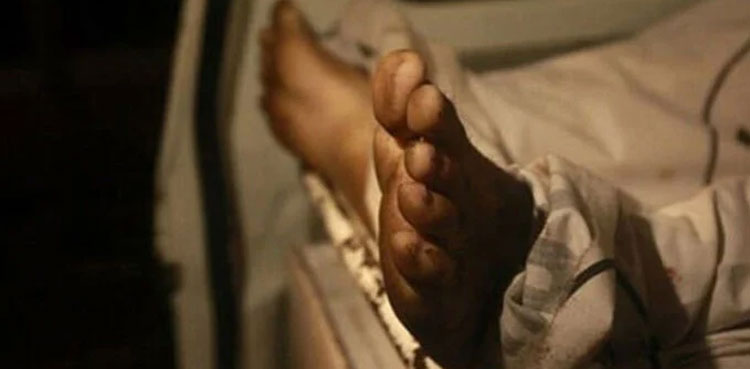
KARACHI: A 22-year-old youth died of primary amoebic meningoencephalitis (PAM) — a disease of the central nervous system caused by Naegleria fowleri, commonly called ‘brain-eating’ amoeba, in Karachi, taking the tally to three this year.
The 22-year-old Aurangzeb, a resident of Cattle Colony, was under treatment at the Jinnah Postgraduate Medical Centre (JPMC).
The youth had gone for a picnic with friends at a farm house in Quaidabad on July 7, where they swam in the pool. Aurangzeb started showing symptoms on July 8, including fever, headache, and nausea. He was admitted to the hospital on July 10, and the virus was confirmed on July 11.
He was the third victim of the deadly infection this year in the city, with the other two cases reported in Korangi and Malir. The health department has confirmed that the virus was responsible for the deaths.
Last year, at least 10 people died of Naegleria fowleri that’s responsible for the disease called Primary Amoebic Meningoencephalitis (PAM).
The infection is fatal in 98 per cent of the cases.
A free-living amoeba, Naegleria, is commonly found in warm fresh water (such as lakes, rivers, and hot springs) and soil. Only its one species, Naegleria fowleri, infects people.
It infects people when water containing the amoeba enters the body through the nose. This typically happens when people go swimming, diving, or when they put their heads under fresh water, like in lakes and rivers.
The amoeba then travels up the nose to the brain where it destroys the brain tissues and causes the PAM.
The first symptoms of PAM usually start about five days after infection that may include headache, fever, nausea, or vomiting. Later symptoms can include stiff neck, confusion, lack of attention to people and surroundings, seizures, hallucinations, and coma.
After symptoms start, the disease progresses rapidly and usually causes death within five days. The germ cannot survive in cool, clean and chlorinated water.
from ARY NEWS https://ift.tt/spuMzC0

Post a Comment
0Comments